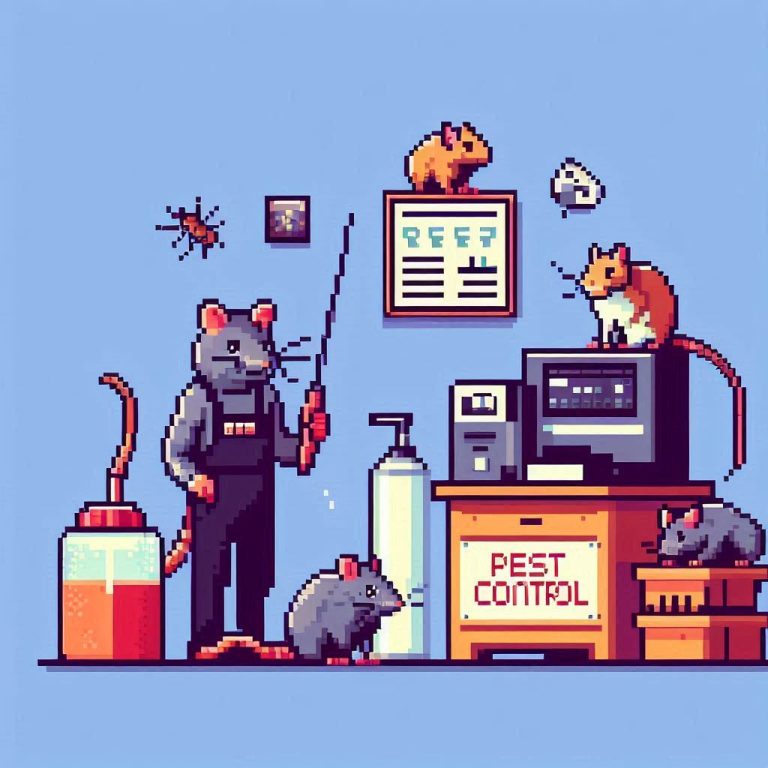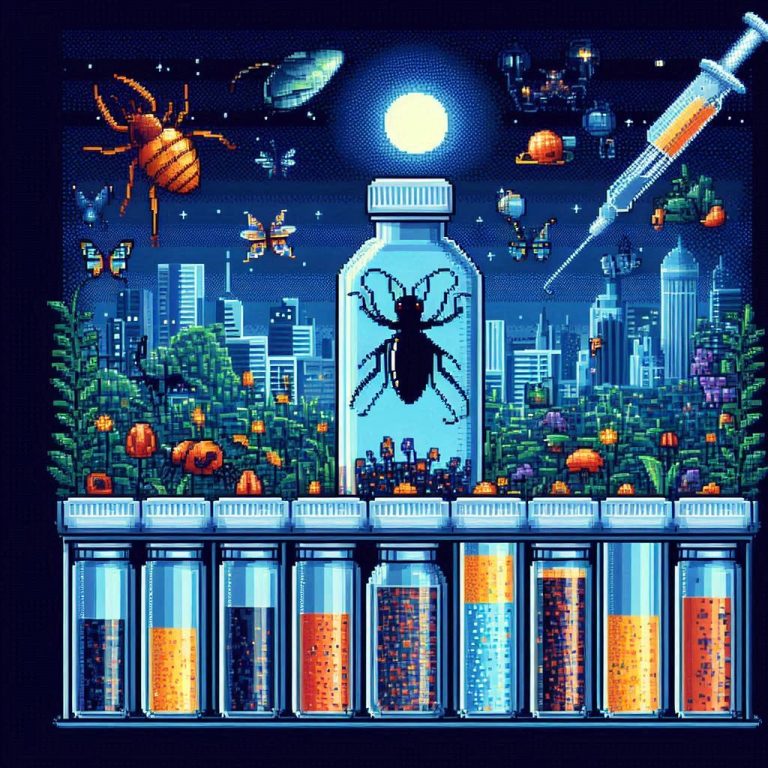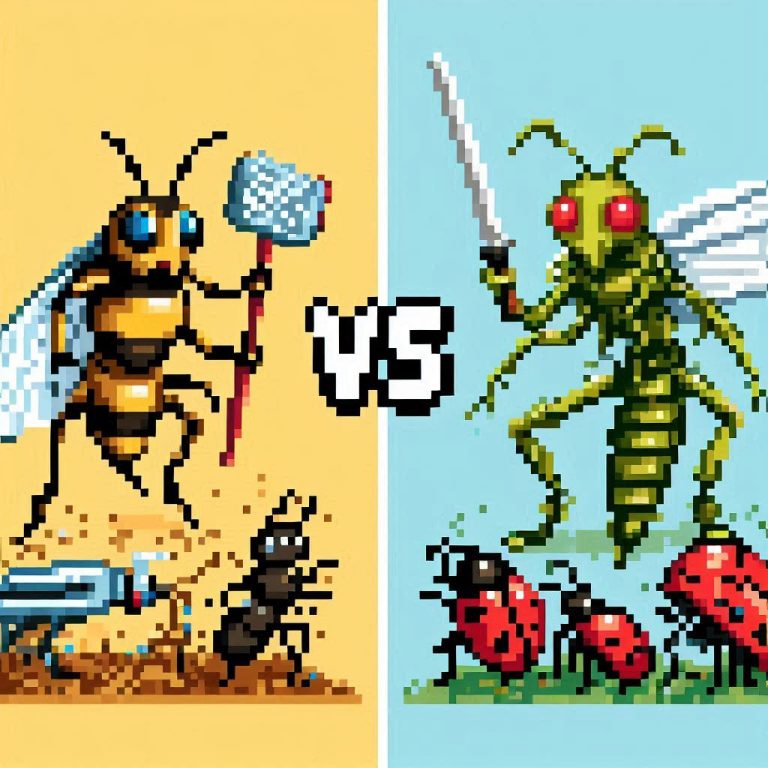Flies are not only a nuisance but also potential health hazards in both residential and commercial settings. Fortunately, professional pest control services can effectively manage and eliminate fly infestations by employing a combination of mechanical, chemical, and natural methods. This article explores various techniques, weighing their benefits and drawbacks, and outlines best practices for integrated fly management.
1. Mechanical Methods: Fly Traps
Types of Traps
- Sticky Traps:
These traps use an adhesive surface to capture flies.
Pros: Easy to use, low-maintenance.
Cons: Requires regular replacement and disposal. - Electric Fly Zappers:
These devices attract flies using UV light and then electrocute them.
Pros: Immediate results and chemical-free operation.
Cons: Can be less effective in brightly lit or outdoor areas. - Fly Bait Traps:
Baits lure flies into traps where they become ensnared.
Pros: Effective for targeted infestations.
Cons: May attract other insects if not placed correctly.
2. Chemical Methods
Common Treatments
- Aerosols:
Timed-release aerosols often contain pyrethrum or pyrethroids, making them effective in both domestic and commercial environments.
Pros: Quick knockdown of flies.
Cons: Potential safety concerns; requires careful handling and ventilation. - Surface Sprays:
Residual insecticides applied to surfaces where flies rest can provide lasting protection.
Pros: Long-term control on treated surfaces.
Cons: Must be applied by trained professionals to avoid risks to humans and pets. - Fly Baits:
These baits are particularly effective outdoors, attracting flies that then ingest the toxic substance.
Pros: Targeted approach for open areas.
Cons: May need periodic reapplication and proper placement to minimize non-target exposure.
Safety and Environmental Impact
When using chemical methods, it is vital to follow safety protocols:
- Read and Follow Label Instructions:
Always adhere to manufacturer guidelines and local regulations. - Protective Gear:
Use gloves and masks when applying chemicals. - Environmental Considerations:
Opt for low-toxicity options where possible and consider the potential impact on beneficial insects and local ecosystems.
3. Natural Remedies
For those who prefer eco-friendly options, several natural methods can help deter flies:
- Essential Oils:
Oils such as peppermint, eucalyptus, and lavender are known to repel flies.
Pros: Non-toxic and safe for use around children and pets.
Cons: May require frequent reapplication and can be less effective in severe infestations. - Herbs and Plants:
Plants like basil and mint naturally deter flies.
Pros: Dual-purpose as decorative and functional additions to gardens or indoor spaces.
Cons: Limited range of action and slower results compared to chemical treatments.
4. Environmental Control and Preventative Measures
Effective fly management goes beyond reactive treatments; it includes proactive measures:
- Sealing Entry Points:
Identify and seal gaps around windows, doors, and other openings to prevent flies from entering. - Maintaining Cleanliness:
Regular cleaning, proper disposal of food waste, and keeping garbage bins sealed and dry are crucial.
Tip: Consider routine inspections to ensure potential fly breeding grounds are eliminated.
5. Integrated Pest Management (IPM)
Professional pest control services often combine the methods above into an Integrated Pest Management (IPM) strategy. This holistic approach includes:
- Regular Monitoring:
Continuously assessing the infestation to adjust methods as needed. - Combination Treatments:
Using a blend of mechanical traps, safe chemical applications, and natural repellents to achieve optimal results. - Tailored Strategies:
Adapting the approach based on the specific environment—whether residential or commercial—and the severity of the infestation.
IPM not only targets the current infestation but also addresses the root causes, helping to prevent future fly problems.
Conclusion
Pest control services offer a variety of methods to effectively eliminate flies. Whether using mechanical traps, chemical treatments, or natural remedies, a well-rounded and integrated approach ensures long-term control and minimizes health and environmental risks. By combining proactive measures with targeted treatments, both homeowners and business operators can maintain a fly-free environment safely and efficiently.





